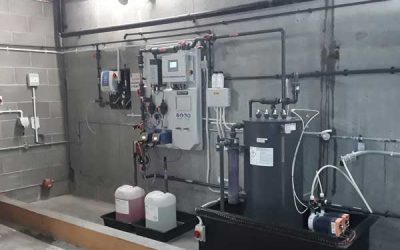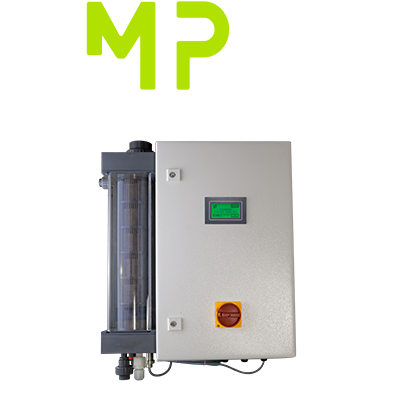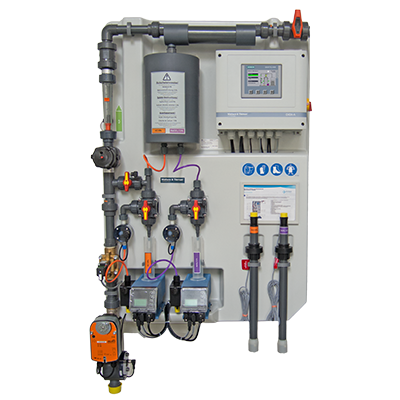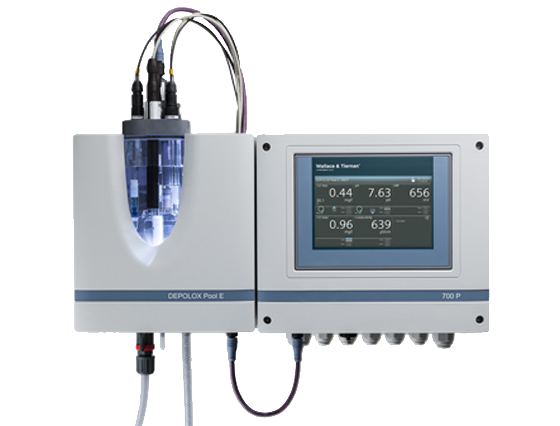Chemical Dosing
Precise control of your chemical dosing ensures that you can maintain disinfectant levels and also avoid wasting resources. In order to do this, you need to have equipment capable of accurate monitoring of the residual levels of chemicals in your process water.
So long as you have a residual of chlorine or chlorine dioxide in the water, it will always have a potential to disinfect bacteria.
Prodose specifies and supplies instrumentation and control systems with premium quality sensors that are capable of very accurate and precise measurement. We use these products to create systems that monitor residual levels in real time, maintain chemical dosing and alert you to any issues that may occur.
These continual live data feeds can be remotely accessed for 24/7 monitoring. Reports generated by the system can be stored for future auditing and traceability purposes.
Prodose has an extensive track record in specifying and installing chemical dosing systems. Our consultants have chemical engineering knowledge, which means that our emphasis is on finding you a solution that will provide dosing appropriate to your requirements in the medium and longer term.
For all your chemical dosing enquiries, speak to us before you do anything else.
Latest Projects
Major UK Stadium Case Study
Case Study:...
Bagged Salad Producer
A supplier of...
Our Recent Articles
Why is Electrochlorination the Best Choice for Swimming Pool Disinfection?
Why is Electrochlorination the best choice for swimming pool disinfection?All...
What is the Electrochlorination Process?
What is the Electrochlorination process?Electrochlorination is the process of...
Chlorine Dioxide and Legionella Control
Chlorine Dioxide and Legionella ControlLegionella is a bacterium found in soil...
Chlorine Dioxide and Water Treatment for Plant Nurseries
Chlorine Dioxide and Water Treatment for Plant NurseriesHorticultural...





